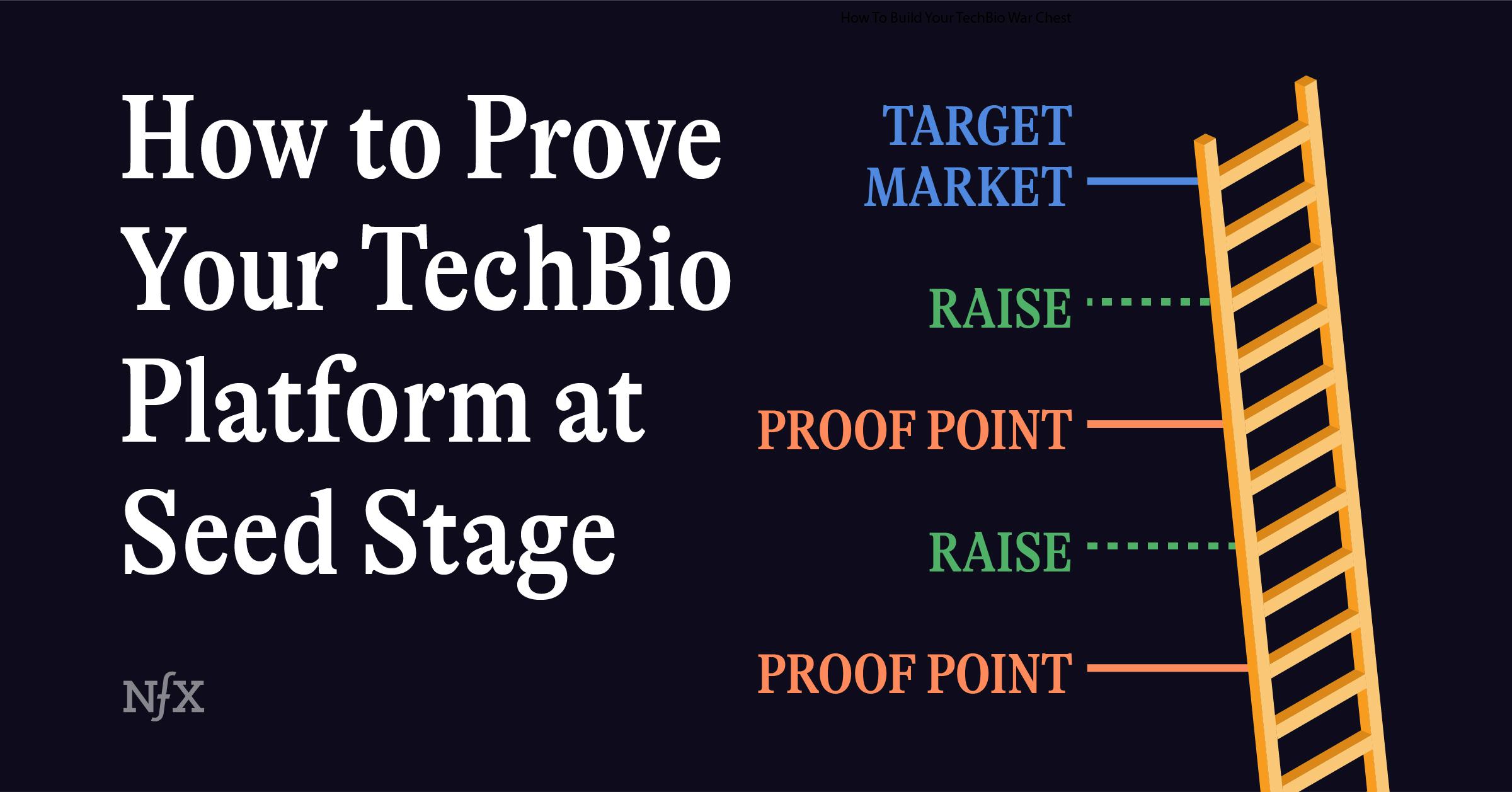

Fewer than 50% of us want to live forever. Why?
The problem is that people think living forever means living like you’re 90 forever. Endless doctors appointments, rising cancer risk, increasing pain – along with limited mobility, cognitive decline, and friends dying.
But let’s ask the question in a different way. Do you want to dramatically lower your chances of getting cancer? Do you want to remain independent and active decades from now? Do you want to be able to walk or run miles a day, for years to come? What if you could feel the way you felt when you were 25, forever?
When you ask people that question, the answers change.
Of course, “forever” is hyperbolic. Longevity isn’t actually immortality. Longevity is about unlocking many more years without suffering or disease.
The scientific community doesn’t classify old age as a disease (yet). But it’s a major risk factor for diseases that limit healthspan – which is the number of years that you stay healthy – such as Alzheimer’s, cancer, and heart disease. Old age is even a risk factor for more severe forms of infectious disease, like COVID-19.
There’s finally advanced technology and concrete science that make it possible to extend your healthspan. Beyond that, there is a societal change that no longer accepts the status quo, and demands we add more years of healthy living to life – starting now.
From Sick Care to Healthcare
Today, on average, you can expect to live to about the age of 76 in the US. But that’s not the whole story. Not all of those years are fully lived. According to a 2021 paper, your healthspan, or the period of life lived without disease, is actually about 64 years (that paper puts life expectancy at 73 years).


Even when you have time left on the clock, those years are wasted dealing with sickness and frailty. There is a gap between the years we survive and the years we can really live, because medical care isn’t presently designed for the long-term conditions that emerge once we leave the prime healthspan.
Historically, many people died in childhood from infections or bad living conditions. In the 19th and 20th century, more people began to make it past those dangerous childhood years thanks to the creation of modern medicine or “sick care.” Antibiotics, public health, hygiene – these are solutions to acute problems that threatened to kill us off too soon.
Today, we have different problems that our “sick care” infrastructure can’t address. As more people reach their 70s and 80s, it’s chronic conditions that cause us the most suffering.
In a recent report, The National Academy of Sciences wrote that many of the causes of mortality in the 1900s “have been replaced by a series of chronic conditions linked to aging.” Think: atherosclerosis, cancer, type 2 diabetes, Alzheimer’s disease, Parkinson’s disease, just to name a few. Chronic diseases like these are responsible for 79 percent of all years lived with disability worldwide, and 40 million annual deaths each year.
Yes, more people are living longer thanks to sick care, but we are just tacking on more years of unhealthy life.
We solve this problem by transitioning from sick care to true health care. Health care, done right, should be designed to keep us healthy, and prevent us from falling into disability and disease over time. The best way to do that: Keep people young. The incidence of not just one chronic disease, but multiple, increases with age.


The clear goal of healthcare should be to stop or delay the onset of these conditions. To keep us feeling young for as long as possible.
What do we look for in Longevity startups?
At NFXBio, we invest in Longevity as one of our Techbio categories. Here’s what we look for in Longevity startups.
1. Breakthroughs that move the needle
If you ask someone what they should do to not just look younger, but feel younger, the advice is very basic: be less stressed, work out, sleep more, eat well. This advice is not wrong, and it will give you a few more and happier years, but it’s nothing groundbreaking.
We can do better than this.
Creatures can regenerate body parts. We replace about 330 billion cells each day in the human body. Biology knows how to use energy to circumvent entropy. Biology knows how to renew itself.
Beyond that, there is enough basic research to show that we can make meaningful progress toward extending our healthspan through the combination of technology and biology. Now we know that there are genes that affect longevity; that removal of senescent cells can affect lifespan; that existing drugs have been linked to healthier longer lives in animals.
This basic research suggests that we are on the brink of core breakthroughs that can really move the needle. That’s the defensible magic behind any techbio company focusing on longevity.
2. Think of longevity as an information problem
Biology can solve problems by zeroing things out (cells die and are replaced, for example). We grow things from scratch and build everything new. Disease and aging happen when crap accumulates. Byproducts, tiny mistakes not caught by the body’s editors.
To have unlimited regenerative capacity you need to have an error-free template. If you store the right information, and know what the system looks like when things are healthy, you can replace the parts that are failing – all you need to do is add energy.
What is a template? It’s a way to create a backup of life’s non-renewable resources. Imagine being able to generate new eggs after menopause based on our own genetic code, new organs instantly if you need a transplant, new, perfectly matched, bone marrow to renew the immune system.
The right information is the first step toward long-term renewal and regeneration.
3. Pursue a defined indication to build momentum
We want to invest in companies that tackle longevity strategically. You have defensible magic and can pursue real indications right now, that eventually open up more applications related to the pathology of aging.
For example, Renewal Bio’s core technology opens up the possibility of creating genetically-identical replacement hematopoietic stem cells. In the short term, this enables us to replace bone marrow in patients who may be losing it due to chemotherapy or disease. But replacing hematopoietic stem cells also opens the door to renewing the immune system.
There’s a target indication that solves a real problem today – but in the future this could be something everybody takes every 10, 20, or 30 years to renew the immune system and stay healthier longer.
Here’s another example: Loyal. Loyal is looking for ways to expand dog lifespan. Loyal is developing treatments with specific narrow applications: reducing lifespan disparities faced by large dogs and improving metabolic fitness. In the future, we might learn how to affect similar systems in humans.
4. This is not just anti-aging research
It’s important to mention: We are not interested in throwing money at basic research on aging. This has been done before. We are looking for companies with a strategic plan and unique angle that will help us build momentum toward tackling aging in a meaningful way.
For example, removing senescent cells is an active area of aging research. That’s a general research area. But we know that there are higher populations of senescent cells in the body after chemotherapy. You age faster after chemotherapy.
Replacing cells after chemotherapy is an indication worth tackling right now within that bigger space. In the future, healthy people might replace senescent cells for health reasons.
5. You know how you will measure a signal
An indication-based strategy, and plan to prove signal early on is important, because it will be almost impossible to move beyond basic research without it.
The barrier for proof is very high for healthcare companies compared to sickcare companies. Think about it like vaccine research. Proving vaccines are safe is hard because you give them to healthy people.
The phenotype in longevity right now, for better or worse, is: can you delay the onset of aging-related disease.
For example: trials on metformin are measuring whether the drug can delay the onset of a bucket of aging-related diseases. You can see a clear way to test your technology and measure it.
We Need These Solutions Now
We can’t afford to wait to make big gains in longevity.
By 2050, over 20 percent of the world’s population will be over age 65 (past their prime healthy years). They will have left the workforce, and with declining birth rates we do not have the workforce to support or care for people during their years of ill health.
This change will cost billions. National healthcare expenditures in the US are slated to reach 20 percent of GDP by 2027. Meanwhile, the workforce will shrink. We’re on track to using more resources, with less people contributing to maintaining those resources.
Solving this problem holds incredible financial and societal value. According to calculations presented by the National Academy of Sciences, delaying the onset of age-related chronic disease to give each US resident an extra year of healthy living unlocks $37 trillion in present value for the US alone.
And we have only a few decades left to get going.
As Founders ourselves, we respect your time. That’s why we built BriefLink, a new software tool that minimizes the upfront time of getting the VC meeting. Simply tell us about your company in 9 easy questions, and you’ll hear from us if it’s a fit.


